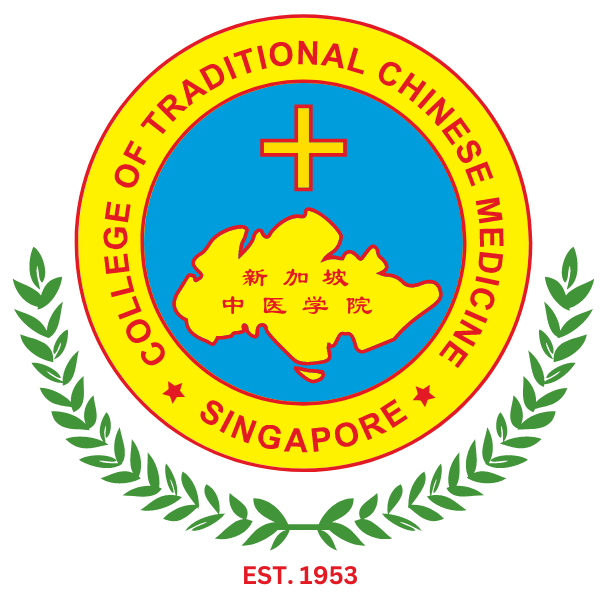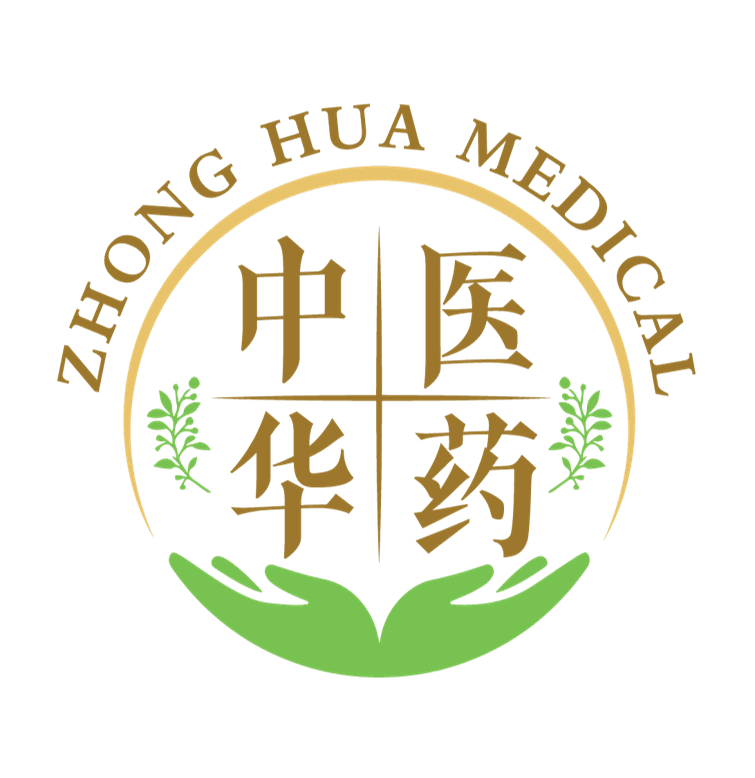Traditional Chinese Medicine (TCM) practitioners regard the body as an interconnected system where health depends on maintaining balance and harmony between internal forces, commonly referred to as Yin-Yang and Qi.
Yin and Yang represent opposite but complementary forces in the body. Yin is associated with coolness, stillness, and nourishment, while Yang represents heat, activity, and energy. Health is maintained when Yin and Yang are in balance. .
For example, a person with too much Yang (heat) might experience symptoms like inflammation or fever, while too much Yin (cold) could result in fatigue or digestive issues.
Qi (pronounced “chee”) is the vital energy or life force that flows through the body’s meridians (energy pathways). In TCM, Qi is the fundamental substance that maintains life, and a smooth, balanced flow of Qi is crucial for good health.
Different types of Qi exist, such as Defensive Qi (which protects the body from external pathogens) and Nutritive Qi (which nourishes the body’s organs). When Qi becomes deficient, stagnant, or blocked, illness occurs.
To treat these imbalances, Zhong Hua TCM offers therapies like acupuncture, cupping, and massage. These therapies are designed to release blockages and restore the free flow of Qi, helping patients achieve better health. These therapies are prescribed together with tonics or drinks made from medicinal herbs.
With that in mind, let’s examine the variety of herbs most commonly used in traditional Chinese medicine.
Herbs and Ingredients in TCM
Ginseng (Ren Shen)
Native to East Asia, particularly China and Korea, Ginseng is typically harvested from the root of the Panax plant species. It thrives in cool, forested regions, where it is carefully cultivated and aged, as older roots are considered more potent.
In TCM, Ginseng is typically prescribed as part of a holistic treatment plan to restore balance and vitality. It is often prescribed alongside other TCM treatments, such as acupuncture, which helps stimulate energy flow, and cupping, which releases blockages and tension in the body.
By combining Ginseng with these therapies, TCM practitioners aim to create a comprehensive healing approach, addressing the ailment’s root cause and its symptoms.
Ginseng is typically consumed as tonics, soups, and specially prepared tablets. Powdered or
whole pieces of Ginseng are sometimes used in herbal prescriptions to complement therapies such as acupuncture or traditional chinese massage to to help stimulate energy flow and relieve blockages in the body.
Besides improving general vitality, studies have revealed that Ginseng contains antioxidants, which help reduce inflammation in the body. These antioxidants protect cells from oxidative stress, which can lead to chronic diseases and premature ageing.
Licorice Root (Gan Cao)
Liquorice root, derived from the Glycyrrhiza plant, is found throughout Europe and Asia and has been an essential part of Traditional Chinese Medicine for centuries. It thrives in temperate climates and is harvested primarily for its medicinal properties.
Liquorice root is frequently included in holistic TCM treatment plans to balance and harmonise the body’s systems. Its anti-inflammatory and expectorant properties make it a valuable remedy for respiratory issues, such as sore throats and persistent coughs.
Research has also indicated that Liquorice root may help reduce stress and support immune function. For this reason, herbal prescriptions containing liquorice root are sometimes paired with traditional Chinese massage to relax and relieve patients with anxiety or high stress levels.
Astragalus root (Huang Qi)
Astragalus root, traditionally referred to as Huang Qi in TCM, is typically harvested from a plant, which thrives in the mountainous regions of China and Mongolia.
In TCM, Astragalus is commonly prescribed to boost the immune system and enhance vitality. It is often combined with other herbs in soups, teas, or tonics to strengthen a person’s Qi, making it an essential ingredient for addressing fatigue and general weakness.
Astragalus supports immune health, combat stress, and promotes longevity. Its antioxidant and anti-inflammatory properties have made it a popular remedy for respiratory conditions and a tool for improving overall vitality.
Studies suggest that its immune-boosting capabilities help protect the body against illness, making it essential to holistic treatment plans in TCM. By supporting the body’s defences and reducing inflammation, Astragalus promotes longevity and recovery.
Ginger (Sheng Jiang)
Known for its warming properties, ginger is commonly used in TCM to promote digestion and alleviate nausea, making it a go-to remedy for gastrointestinal discomfort. It is frequently combined with other herbs in teas and soups to calm the stomach and ease cold symptoms, such as coughs and congestion.
Ginger’s ability to stimulate circulation and dispel cold from the body makes it essential in addressing issues related to cold-induced ailments. The root’s anti-inflammatory and antioxidant properties are believed to enhance immunity, further supporting its use in boosting overall health and vitality.
Goji Berries (Gou Qi Zi)
Goji berries, or Gou Qi Zi, are small, red fruits harvested from the Lycium barbarum plant. They have long been used for their nourishing and restorative properties, particularly for the liver, kidneys, and eyes.
Rich in antioxidants and vitamins, Goji berries are often prescribed to enhance vitality, improve vision, and boost the immune system. Their sweet flavour and high nutrient content make them a staple in maintaining health and energy levels.
Recently, Goji berries have also become increasingly popular outside of TCM circles with some even regarding it as a kind of superfood. For example, the health benefits provided by these fruits include being a rich source of antioxidants and even potential use as a medication for patients with liver conditions.
Holistic, Quality Care with TCM
Modern research continues to confirm the benefits of many herbs used in Traditional Chinese Medicine (TCM), such as Ginseng, liquorice root, astragalus, and goji berries.
Studies have proven that medicinal herbs used in TCM provide anti-inflammatory, antioxidant, and immune-boosting properties, which shows why these ingredients have been trusted for centuries. These facts make TCM a natural, non-invasive approach to managing various health conditions by promoting balance and healing.
At Zhong Hua TCM, qualified professionals offer a comprehensive range of treatments, including acupuncture,, cupping and herbal therapies. These therapies complement each other, providing a holistic approach to healing that targets the root cause of ailments.
Contact us today for personalised care and to learn more about how TCM can benefit your health and general well-being.




